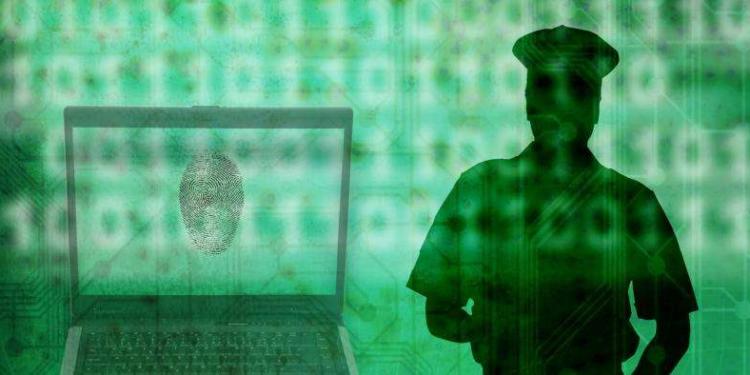Data is the new oil, and as we are progressing towards mechanization and automation, data is assuming centrality. There is hardly any sector left which does not find itself pacing to catch up with the new gazillion eyed Cyclops – Technology – and its humongous feed– Data. So why leave out policing and homeland security? There is an emerging thought that AI has the power to predict and curb crime. Like other countries, Indian security sector is also pondering and bracing itself to put this Cyclops to some good use. There is an emerging discussion on predictive policing and using artificial intelligence as reinforcement to crime prevention and law enforcement.
A stratagem that seeks to identify likely targets for police intervention and prevent crime and also solve past crimes by making statistical predictions, predictive policing allows police to work more effectively within limited resources. Let alone the nomenclature, predictive policing has been part of the daily routine of beat constables. Who do a mental mapping of crime hot spots in the neighborhood, of the habitual offenders, the demographics of people living in the community and so on. The data is in his mind, in his daily entry and though local intelligence. Now multiply this data requirement at the scale of an entire nation. If available, it can aid in making significant predictions. This would turn out to be a challenge in our country considering its scarce and disaggregated availability. Without data availability, any reliable, spatial-temporal analysis of criminal activity is difficult and a distant dream.
Apart from data collection, there is a need for data fusion, its analysis and making predictions based on the available study of trends. While Crime & Criminal Tracking and Network System (CCTNS) promises a better integrated system. With second phase of CCTNS implementation on the anvil, the MHA is planning to integrate fingerprint database stored with Central Finger Print Bureau and use NIST Fingerprint Image Software, a technology used by the Federal Bureau of Investigation (FBI), for matching fingerprints. Introduction of Sex Offenders Registry is a significant step in the direction.
We are, nonetheless, way behind in terms of data analytics for law enforcement. The dialogue has just begun and we are beginning to accept the changing dimensions of crime and criminality, and the need to bring about a commensurate change in the policy environment. With rapid rise in information technology and Artificial intelligence, we better be quick with the change. Going beyond homeland security, AI can be instrumental in maintaining law and order by tracking and subverting terror activity by designing algorithms based on past activities and predicting future. In similar cases, codifying bomb blasts and terror activities over the past several years, can we create algorithm to predict and avert future incidents? Can we find significant trends in timings? Can there be a trend in the materials used? Can there be parallels in modus operandi of terrorists? Can data accumulation help in predicting relationship between the home grown and foreign infiltrators? Can the data base help in investigating and tracking movements of suspects?
In another instance, the National Sex Offenders registry data can help providing crucial data on sex offences such as rape, gang rape, POCSO and eve teasing, with details like their name, address, photograph, DNA sample, Pan Card; Aadhar number and fingerprint details. The database put through analytics can help in predicting their movement and finding trends and parallels in sexual offences and building capacities and allocating resources accordingly.
Private players are rushing in the sector to provide cutting edge tech support for predictive policing software, GIS aided spatial analysis, big data analytics and expertise but we need to have a palpable platform in place to assure its effective usage. Being a state subject, we need this proactive stance from the state governments. There is a broad vision of smart policing laid down by the government; the states need to evolve under the vision and broad base its implementation. States like Maharashtra and Jharkhand are already experimenting with the idea and taking important initiatives in the direction.
While no technology can replace human intuition, similarly, predictive policing needs to be complemented by strong analytical skills of the police personnel. However, it is also pertinent that the government holds civil liberties and privacy at utmost importance. A robust mechanism to check violations and misuse along with sound judgement must be applied while implementing a predictive policing strategy.
The success of the model in US and UK can be a learning point for adapting it to Indian needs and resources. AI powered predictive policing, coupled with higher resource allocation for law enforcement and evolved laws is the next-gen policing that our policing apparatus need to adapt to, to suit the emerging needs and times for outsmarting criminals with the power of data.


































